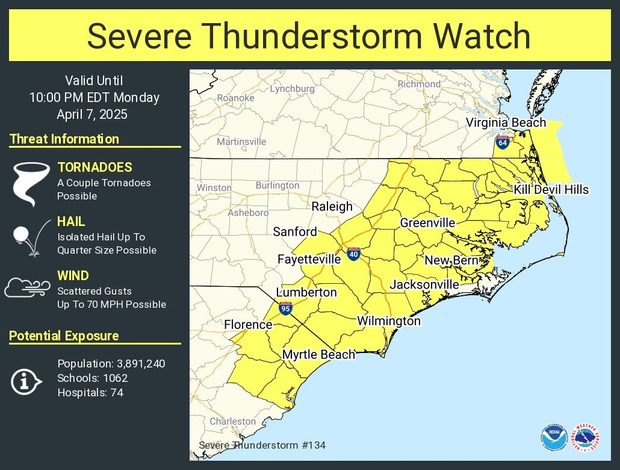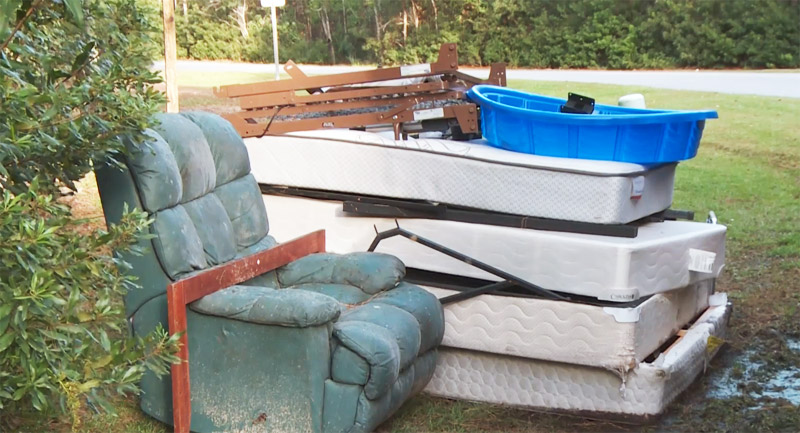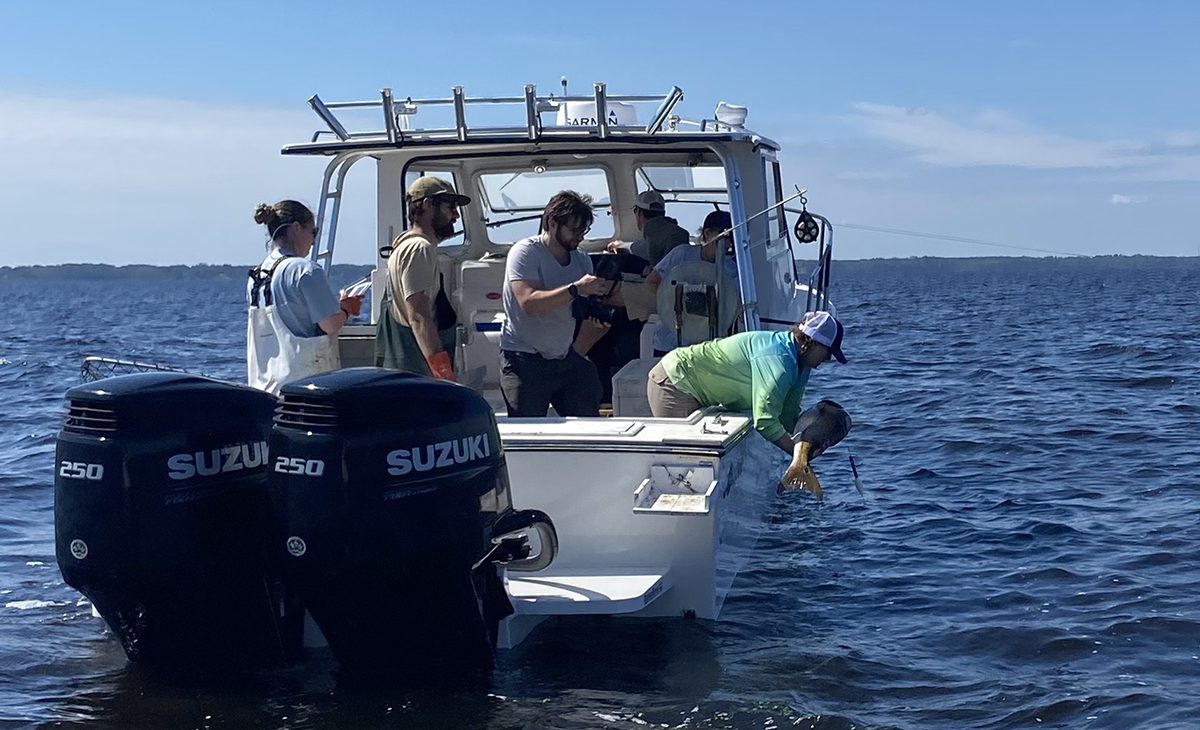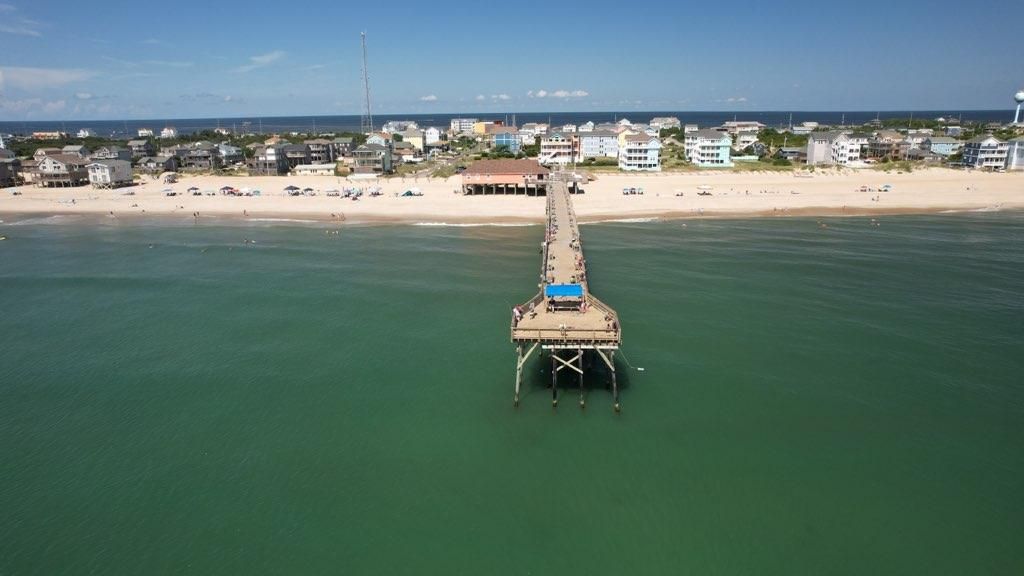New oyster harvest control measures implemented
 New oyster harvest control measures will go into effect this spring in North Carolina state waters. The new regulations are preemptive measures to avoid illnesses related to oyster consumption.
New oyster harvest control measures will go into effect this spring in North Carolina state waters. The new regulations are preemptive measures to avoid illnesses related to oyster consumption.
Although, North Carolina’s public health record concerning shellfish-related illnesses is one of the best in the country, the number of Vibrio cases nationwide has increased in recent years. Vibrio are naturally occurring bacteria in coastal waters that can cause illness in humans if precautions are not taken during the warmer months of the year.
These new regulatory measures will provide increased public health protection that will help sustain the good reputation of North Carolina’s shellfish industry as aquaculture in the state expands.
These new regulations also will bring the state into conformity with guidance from the National Shellfish Sanitation Program, which is the federal/state/industry cooperative program recognized by the U. S. Food and Drug Administration and the Interstate Shellfish Sanitation Conference for the sanitary control of shellfish produced and sold for human consumption.
Division of Marine Fisheries Director Steve Murphey implemented the new measures through Proclamation SS-1-2020 [portal.ncdenr.org] and Proclamation SS-2-2020 [portal.ncdenr.org], issued today.
Control measures in the proclamation include new requirements to:
- Shade oysters harvested between May 1 and Oct. 14. This involves providing shade over harvested oysters or covering the oysters with a light-colored tarp or other non-toxic material while they are stored on the vessel, floating container when the oysters are not submerged, or a vehicle (this is already required for the harvest of clams in the summer).
- Re-submerge oysters exposed to the air for greater than five hours between May 1 and Oct. 14 (this might occur during air-drying or de-fouling with gear such as OysterGro). The oysters must remain submerged for at least 14-days to abate Vibrio levels that may have been elevated.
- Clarify that when working in intertidal waters the term “start of harvest” begins when the oyster is first exposed by the receding tide.
- Clarify the tagging procedures when oysters leave the lease for tumbling or culling;
- Re-submerge oysters moved from one growing area to another for at least 21 days prior to harvest (Certified shellfish dealers with a wet storage permit are exempt). This may prevent the closure of multiple growing areas in the event of an illness outbreak.
Previously implemented regulations pertaining to recording the start of harvest on the harvest tag and delivering the oysters to a licensed dealer within a specified time remain in effect.
For more information, contact Shannon Jenkins, chief of the division’s Shellfish Sanitation and Recreational Quality Section at 252-808-8148 or shannon.jenkins@ncdenr.gov.








